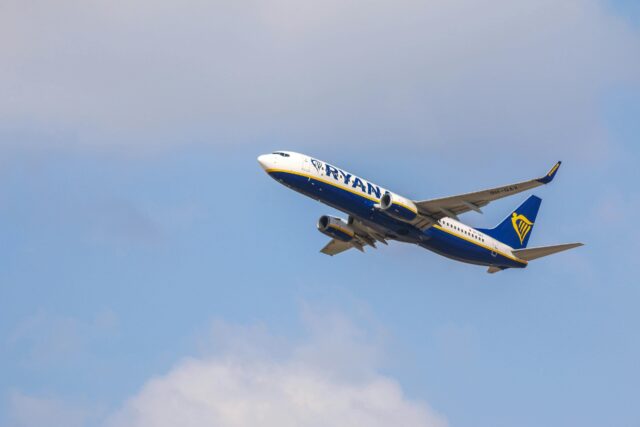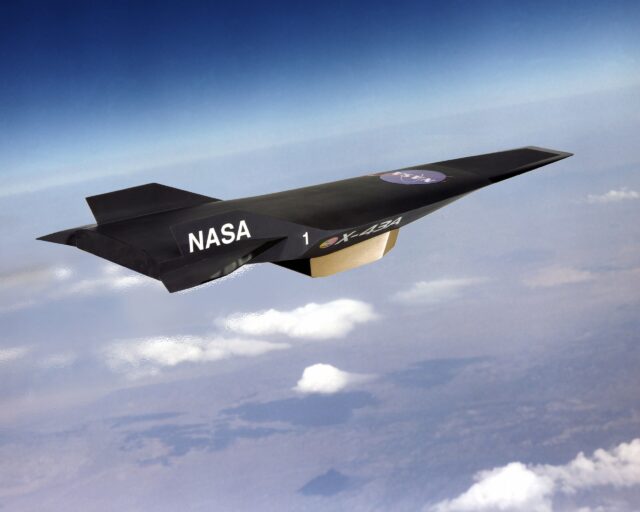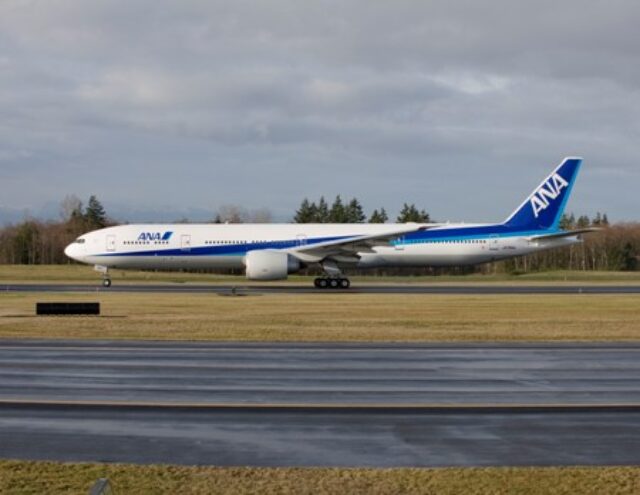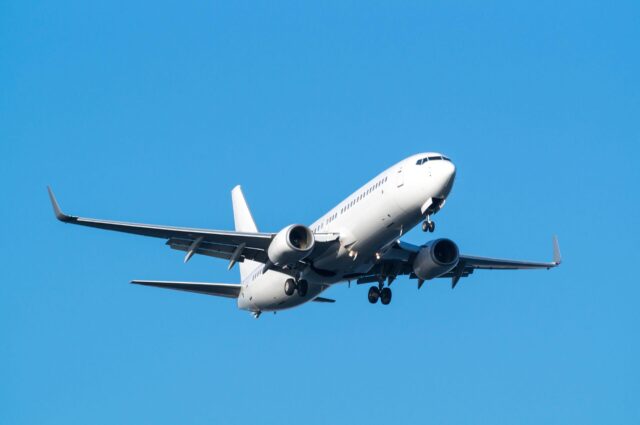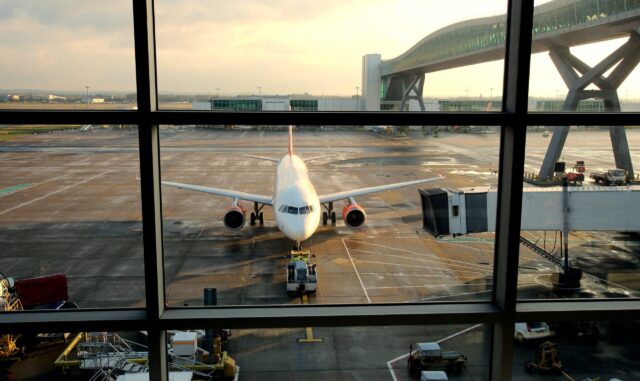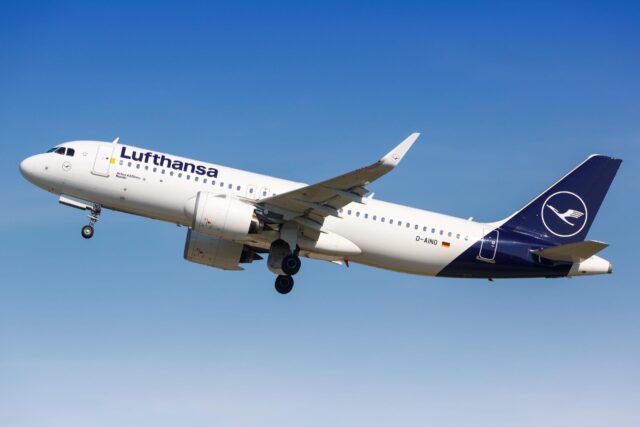Cancelled Again: DARPA Kills Off Liberty Lifter Ekranoplan as China’s ‘Bohai Sea Monster’ Emerges

July 11, 2025

It seems the US has decided against an ekranoplan, as the DARPA Liberty Lifter project has been axed.
News of the Liberty Lifter’s cancellation was first reported by Aviation Week on July 7, following an update on DARPA’s website saying the project work had been completed. There has not been an official press release on the matter.
As of 11th July, the Liberty Lifter program still appears on DARPA’s website. The webpage still reads that it is currently designing and building the ekranoplan that will “potentially transform fast logistics missions for the DOD and commerce.”
The text then states that DARPA completed its work on the Liberty Lifter in June 2025. Restructuring saw the program focus on “areas of highest technical risk.”

DARPA claims the Liberty Lifter program’s simulation success and associated materials testing “proved the viability of the Liberty Lifter concept.” However, it adds that it will not build a demonstrator aircraft.
DARPA planned to build a scaled-down demonstrator the size of a C-130 Hercules airlifter.
What was DARPA’s Liberty Lifter?
Had it been built, the Liberty Lifter would have been able to sustain flights of up to 10,000 feet when not flying in ground effect. It would have blended the role of a ship with that of an aeroplane. The plan had been for it to carry 90 tons with a ferry range of 6,500 nautical miles.
Boeing had previously envisioned building the Pelican Ultra Large Transport Aircraft. It would have dwarfed all previous aircraft with a wingspan of 500 feet and a payload of 1.5 million pounds.

It would have had a range of 10,000 nautical miles over water. The plan was to skim as low as 20 feet above the sea but also be capable of flying at an altitude of over 20,000 feet. It never progressed passed the concept stage.
Ekranoplans or ground effect vehicles (GEVs) skim along the surface and benefit from the extra lift provided by the compressed air generated between the wings and the ground.
Ekranoplans can bridge the divide between aeroplanes, which can fly fast but can’t carry too much weight, and ships, which travel slowly but can carry huge amounts of cargo.
Over the years, designers have imagined ekranoplans as ultra-fast ferries, stealthy missile carriers, and heavy-lift military transports — but few have made it past the drawing board.
One ongoing project is Wigetwork’s AirFish ferry, which would be able to carry 8-9 passengers at a cruise speed of 100 knots if fully developed.

However, these face major engineering hurdles that are difficult to overcome, not least working out how to use them in rough seas. Engineering roadblocks have repeatedly doomed US and Soviet militarised ekranoplans alike.
China’s new mystery ekranoplan
Almost at the same time as the Liberty Lifter was cancelled, a new Chinese ekranoplan was spotted by open-source analyst, H I Sutton.

He dubbed the new ground effect vehicle the ‘Bohai Sea Monster’ even though it is being tested in the South China Sea.
H I Sutton surmised the craft could be used as a supply vessel for Chinese bases in the region.
Sutton named the Chinese Ekranoplan after the famous large ‘Caspian Sea Monster’ developed by the Soviet Union.

